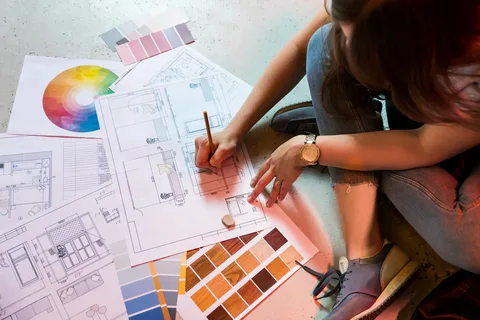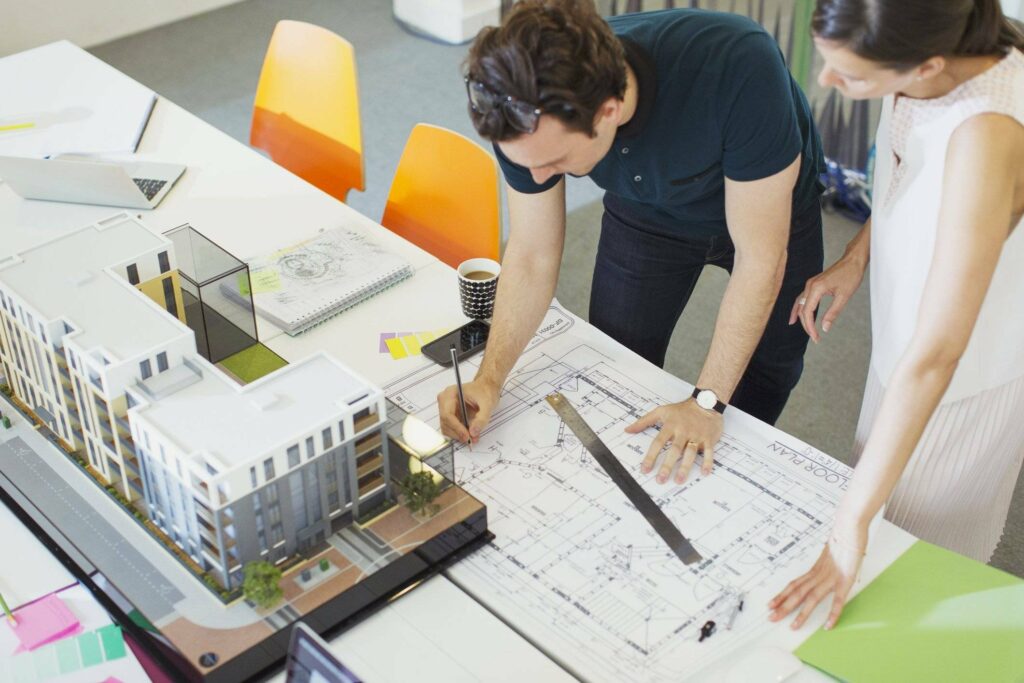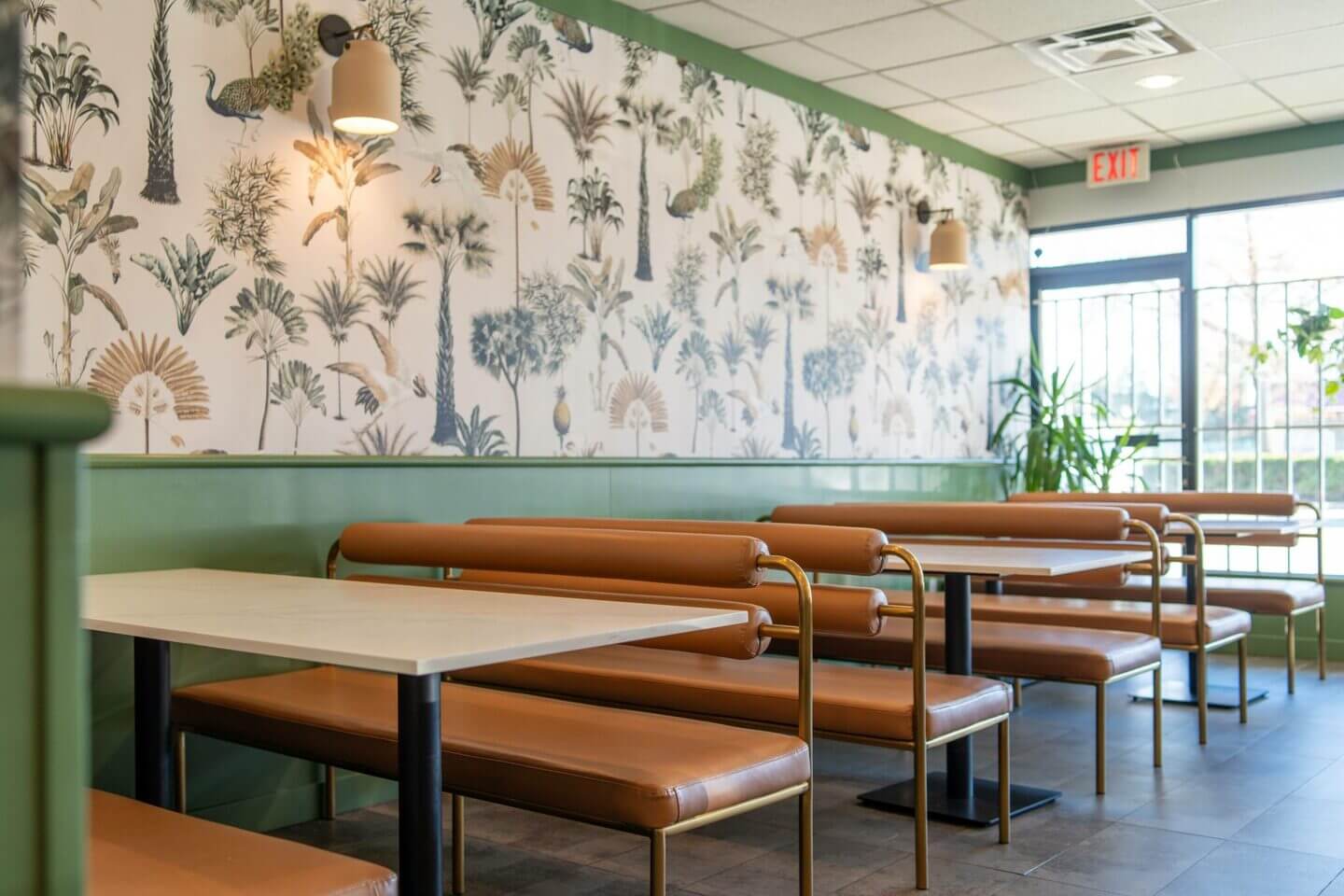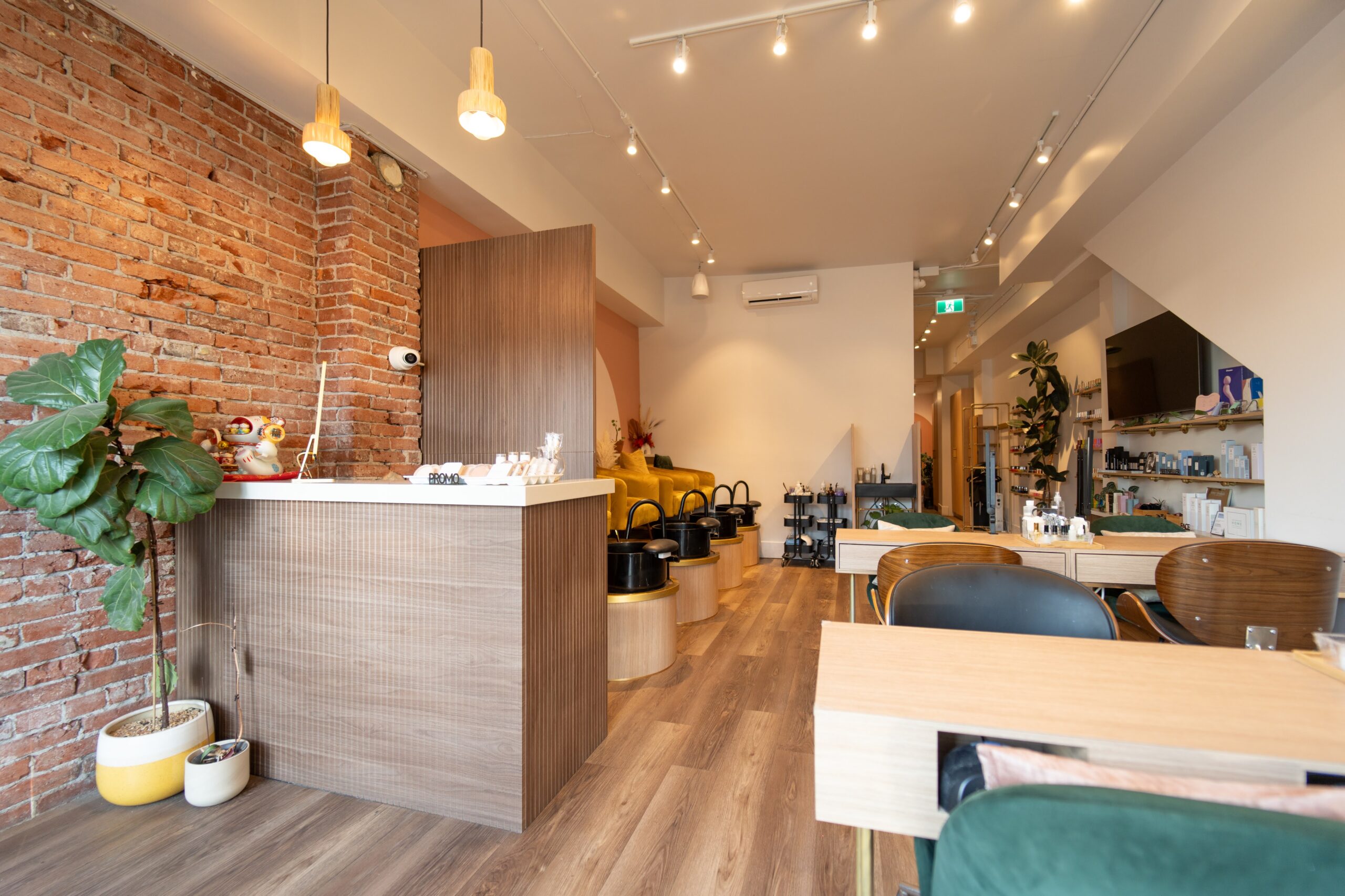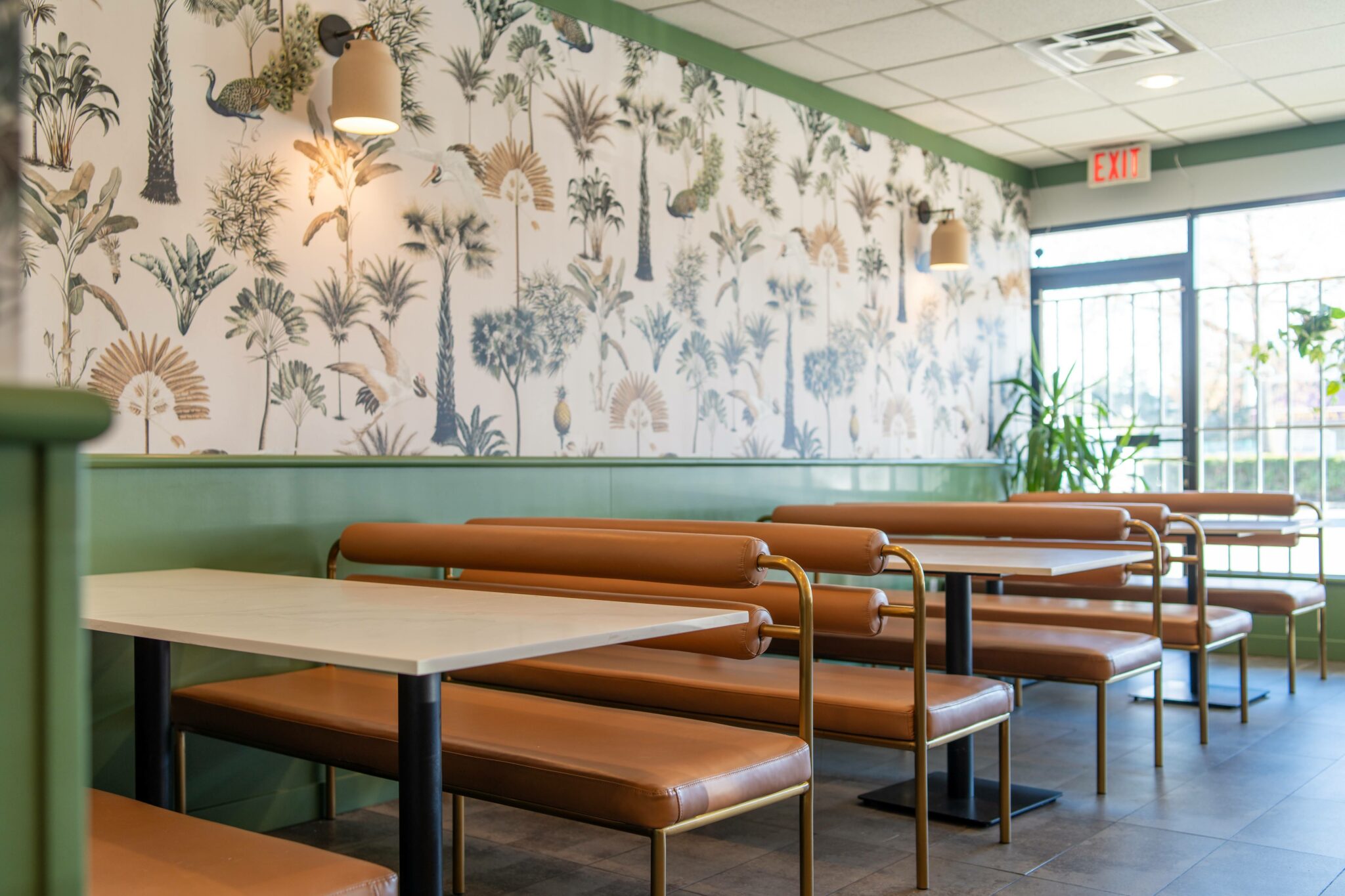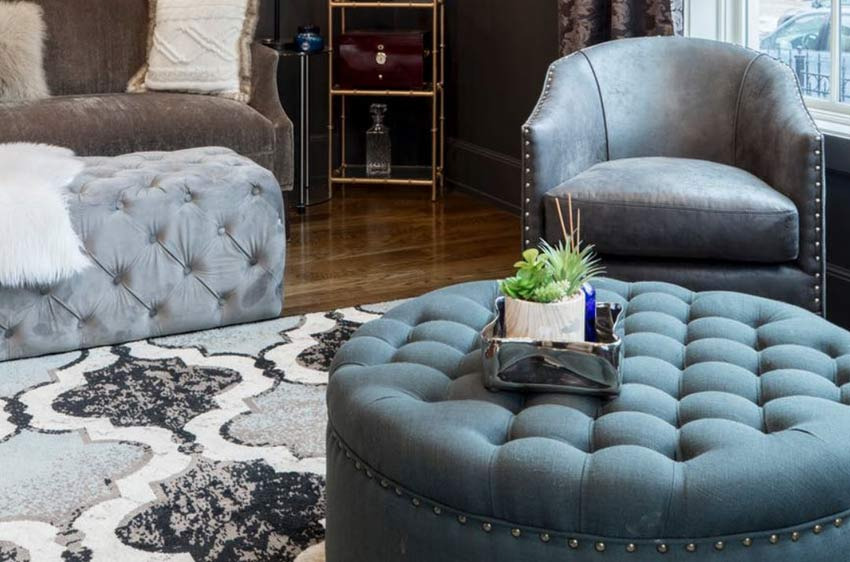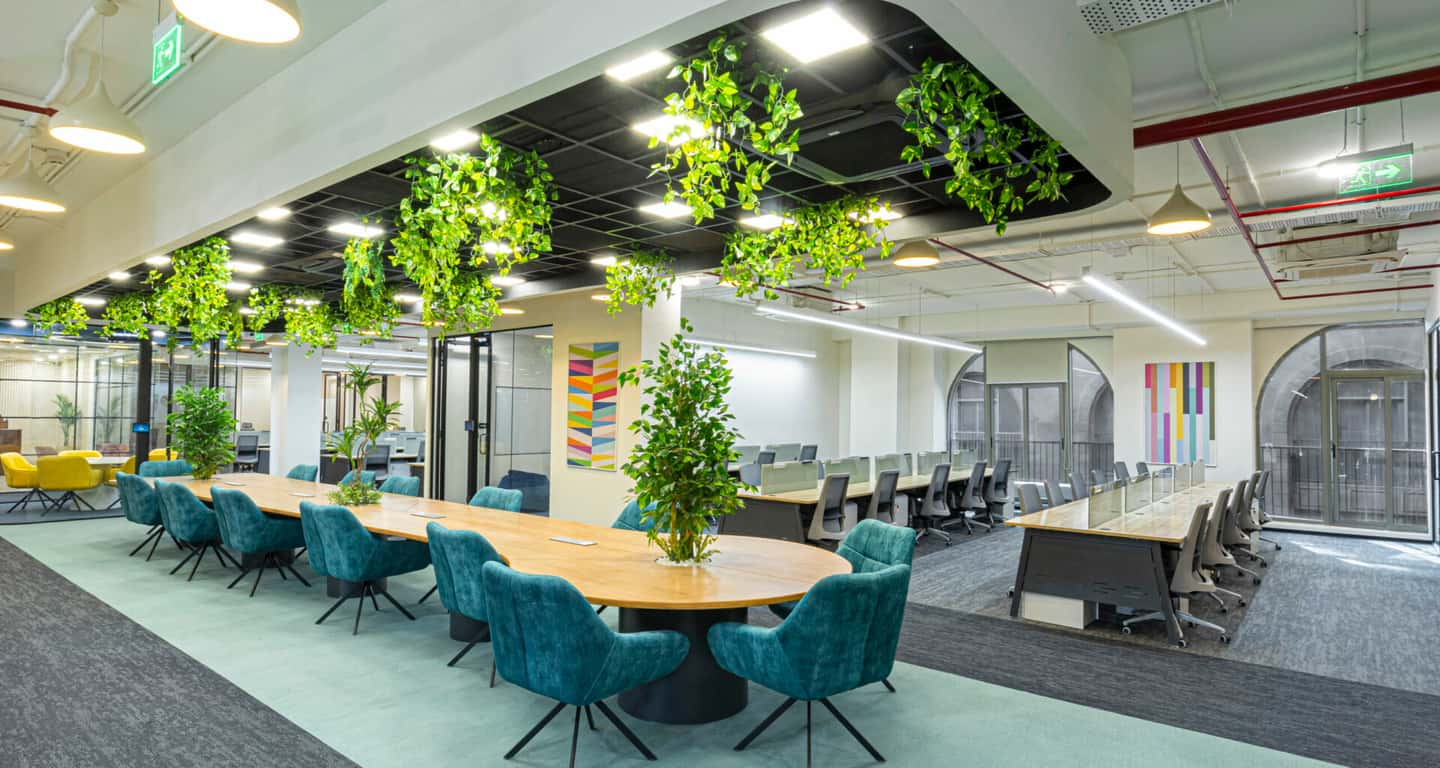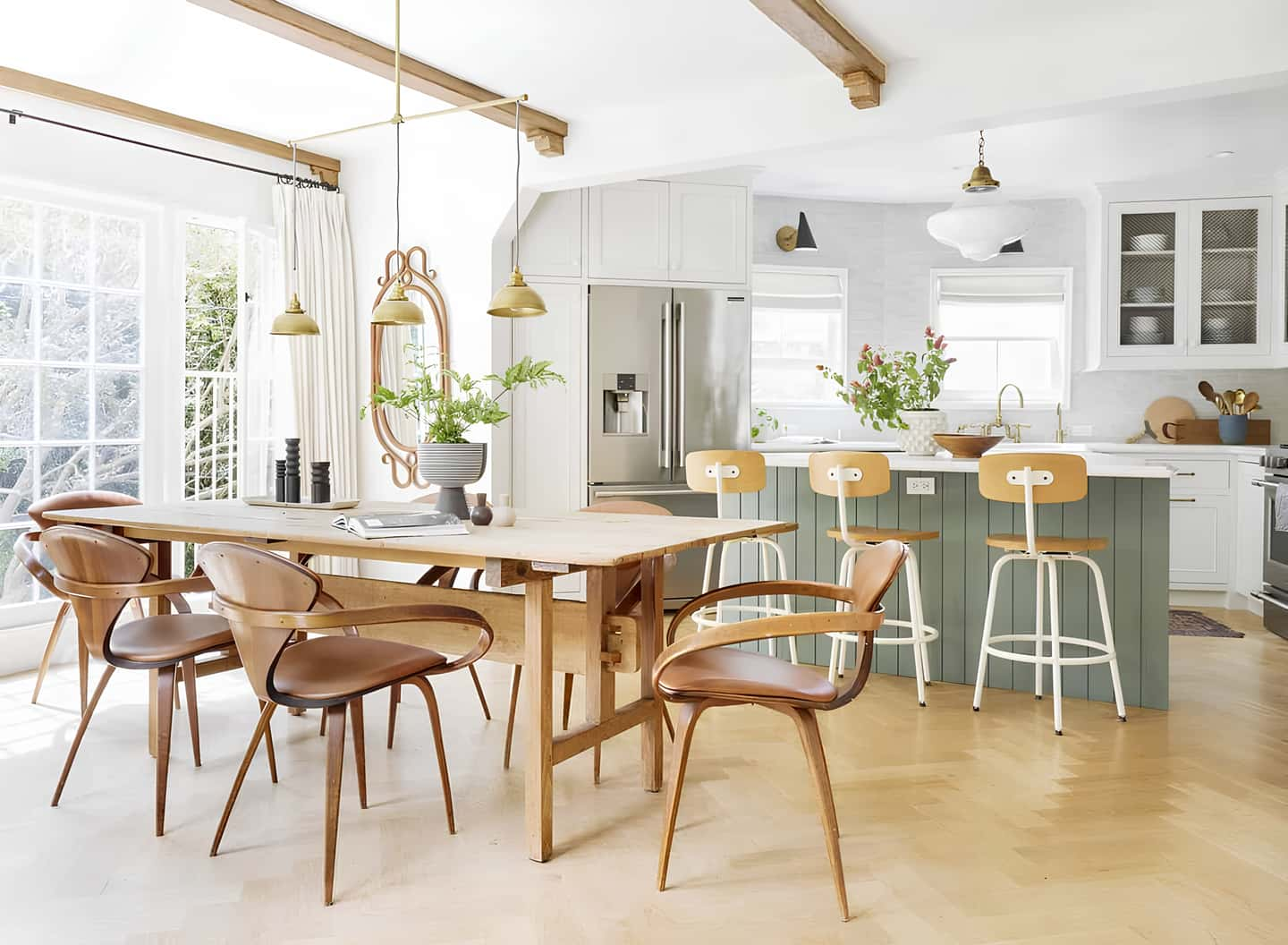Navigating Interior Design Jobs: Opportunities and Insights
Interior design is a dynamic and creative profession that involves shaping the indoor spaces where people live, work, and play. If you’re considering a career in interior design or looking for opportunities in this field, understanding the scope of interior design jobs, the potential pay, and the best places to find these jobs is crucial. This article will provide a comprehensive overview of interior design jobs, focusing particularly on opportunities in Vancouver, since our company Ark and Mason is located in Vancouver, BC.
Read also: Interior design schools
What Exactly is an Interior Design Job?
Interior design jobs involve creating functional and aesthetically pleasing indoor environments. Professionals in this field work on a variety of projects, from residential homes to corporate offices and commercial buildings. An interior designer’s job encompasses several tasks, here are some of them:
- Developing design concepts that meet client’s needs and preferences.
- Selecting furniture, colors, lighting, and materials.
- Drafting design plans using software.
- Coordinating with contractors and suppliers.
- Overseeing the installation of design elements.
Types of Interior Design Jobs
Residential Interior Designers
Residential or Home interior designers focus on private living spaces, personalizing homes according to the clients’ tastes and functional needs. Residential interior designers specialize in planning and designing the interiors of private living spaces. This specialization focuses on creating functional, safe, and aesthetically pleasing environments for home dwellers. Ark and Mason does do residential projects, however just multi residential. Here’s an outline of what residential interior designers typically do:
1. Client Consultation
- Understand Client Needs: Residential interior designers start with consultations to understand the client’s requirements, style preferences, budget, and timeline.
- Establish Functionality Requirements: They assess the needs of the household, including considerations for families with children, pets, or special needs.
2. Design and Planning
- Space Planning: Designers create floor plans and arrange spaces to optimize the flow and functionality of a home. This includes the placement of walls, windows, doors, and furniture.
- Design Concept Development: They develop design concepts that reflect the client’s personality and desired aesthetic. This might involve mood boards, color schemes, and design themes.
3. Selection of Materials and Finishes
- Materials Selection: Choosing appropriate materials for floors, walls, countertops, and cabinetry that are durable, aesthetically pleasing, and within the client’s budget.
- Finishes and Fixtures: Selecting fixtures like lighting, plumbing, and hardware to complement the interior design.
4. Furniture and Decor
- Furniture Selection: Sourcing furniture that matches the design aesthetic, fits within the space, and serves the functional needs of the client.
- Decor: Accessorizing the space with items like rugs, curtains, cushions, artwork, and other decor elements to enhance the overall look and feel.
5. Project Management
- Vendor Coordination: Residential designers often coordinate with architects, builders, and contractors to ensure that the design is executed properly.
- Budget Management: They manage the budget and timelines, ensuring projects are completed within the agreed parameters.
6. Implementation and Supervision
- Overseeing Installation: Designers supervise the installation of design elements, from built-ins to the placement of furniture.
- Troubleshooting: Solving any issues that arise during the installation and ensuring that the project meets the initial design specifications.
7. Final Walkthrough and Styling
- Client Walkthrough: Conducting a final walkthrough with the client to ensure their satisfaction.
- Styling: Final touches are added to style the home, often right before the client moves in or when the project is handed over.
Skills and Tools
- Technical Skills: Proficiency in design software like AutoCAD, SketchUp, or Revit is essential for drafting designs and visual presentations.
- Soft Skills: Strong communication and interpersonal skills are crucial for understanding client needs and managing relationships.
Residential interior designers need to blend creativity with practicality, ensuring that the spaces are not only beautiful but also liveable and tailored to the unique lifestyles of their clients. This role is perfect for those who are passionate about transforming houses into personalized homes that enhance everyday living.
Commercial Interior Designers
Commercial designers specialize in business spaces like offices, restaurants, hotels, and other public spaces, focusing on combining aesthetics with functionality to enhance business operations. Commercial Interior Design is what Ark and Mason specializes in. We often specialize in planning and designing the interiors of business-oriented spaces such as offices, retail stores, restaurants, hotels, and other public venues. Unlike residential designers who focus on living spaces, commercial designers address the needs of businesses and organizations, aiming to create functional, attractive, and efficient environments suitable for both employees and customers. Here’s an outline of what commercial interior designers typically do:
1. Client Consultation
- Understanding Business Needs: Initial meetings are crucial to understand the business’s brand, goals, and the functional requirements of the space. This is actually key in designing a functional business.
- Budget and Timeline Discussion: Setting clear expectations for budgets and project timelines based on the client’s needs.
2. Space Planning and Design
- Space Optimization: Commercial designers focus on maximizing the use of space to improve flow, increase productivity, or enhance the customer experience.
- Regulatory Compliance: Ensuring that designs comply with health and safety regulations, building codes, and ADA compliance.
3. Concept Development
- Thematic Design: Developing a design concept that aligns with the business’s brand identity and desired ambiance.
- Innovative Solutions: Proposing innovative design solutions that incorporate the latest trends in commercial design.
4. Selection of Materials and Finishes
- Durable Materials: Choosing materials that withstand high traffic and maintain their appearance under heavy use.
- Aesthetically Pleasing Finishes: Selecting finishes that reflect the business’s brand and create a welcoming environment for clients or customers.
5. Furniture and Equipment
- Ergonomic and Functional Furniture: Selecting furniture that is both functional and appropriate for the types of activities that will occur in the space.
- Specialized Equipment: Specifying technical equipment and fixtures needed for the business’s operations, such as commercial kitchen appliances in a restaurant.
6. Lighting and Acoustics
- Lighting Design: Creating lighting solutions that are energy-efficient, enhance the functionality of the space, and set the right mood.
- Acoustics Management: Addressing sound transmission and acoustics, especially important in open-plan offices and entertainment venues.
7. Project Management
- Vendor and Contractor Coordination: Managing relationships with contractors, suppliers, and vendors to ensure timely delivery of materials and services.
- Budget Management: Keeping the project within the financial boundaries set by the client.
8. Implementation and Oversight
- Construction Oversight: Overseeing the construction and installation process to ensure that the design specifications are followed.
- Problem Solving: Quickly addressing any issues that arise during the implementation phase.
9. Final Installation and Review
- Installation of Design Elements: Supervising the installation of design elements, from flooring and wall coverings to fixtures and signage.
- Final Walkthrough and Adjustments: Conducting a final walkthrough with the client to ensure satisfaction and making any necessary adjustments.
Skills and Tools
- Technical Proficiency: Commercial designers often use advanced design software like AutoCAD, Revit, and 3Ds Max to create precise drawings and realistic renderings.
- Business Acumen: Understanding of the business implications of design choices, focusing on creating spaces that enhance the client’s business operations.
Commercial interior designers play a critical role in shaping environments that are not only visually compelling but also enhance functionality and contribute to the success of the business. They must balance aesthetic considerations with practical, technical, and regulatory requirements, making their role both challenging and rewarding.
Interior Design Jobs Pay and Salary
The salary for interior design jobs can vary widely based on experience, location, and the type of design work. In general, entry-level interior designers might start with a lower salary but can expect increases as they gain experience and build their portfolio. According to various job market analytics, the average salary for an interior designer can range from moderate to high, with senior and specialized designers, such as those in sustainable design or high-end residential projects, often commanding higher rates.
The average salary for an Interior Designer in Canada varies depending on experience, location, and specialization within the field. As of 2024, the reported average salaries are as follows:
- PayScale: Reports an average salary of C$54,815 per year for interior designers in Canada.
- Talent.com: Lists the average interior designer salary at $60,450 per year, with entry-level positions starting at $48,750 and most experienced workers making up to $80,029.
- Indeed: Provides an average salary figure of $64,546 per year based on reported salaries.
- SalaryExpert: Offers a higher estimate, indicating an average gross salary of $79,601 per year, with additional earnings from bonuses averaging around $2,499.
These figures illustrate that interior design can be a well-compensated profession in Canada, especially with experience and in certain locations.
Finding Interior Design Jobs in Vancouver
Vancouver is a bustling hub for interior design, due to its vibrant real estate market and cultural emphasis on stylish living spaces. Here are some tips on how to find interior design jobs in Vancouver:
Networking
Attending industry events, joining design associations, and connecting with professionals on platforms like LinkedIn are crucial for finding opportunities in the interior design field.
Job Boards and Websites
Websites like Indeed, Glassdoor, and LinkedIn regularly list opportunities for “interior design jobs Vancouver.” More specialized platforms like the Interior Designers Institute of British Columbia (IDIBC) offer job boards with listings targeted to the field.
Design Firms and Agencies
Many of Vancouver’s top design firms post job openings directly on their websites. Regularly visiting these sites can provide direct access to new listings. Once tip is, even though a firm you may be interested in doesn’t have a job posting, just go for it. If they like you, they will give you a chance normally.
What Working as an Interior Designer is Like
Working as an interior designer is both challenging and rewarding. It combines creative skills with practical problem-solving as designers work to create functional and beautiful spaces. Designers must stay updated with the latest design trends and materials. They often work irregular hours, depending on client needs and project timelines, and may need to travel to different sites and locations. The job requires strong communication and organizational skills as well as proficiency in design software.
Conclusion
For those with a passion for looks and functional design, pursuing a career in interior design can be extremely fulfilling. Vancouver, with its lively design scene and numerous residential and commercial projects, presents tons of opportunities for budding and experienced designers alike. By understanding what the job entails and where to look for opportunities, you can position yourself for a successful career in this vibrant field.

I am a design enthusiast that loves writing about the latest trends and style when it comes to commercial and residential interior design. I also love architecture and buildings.

